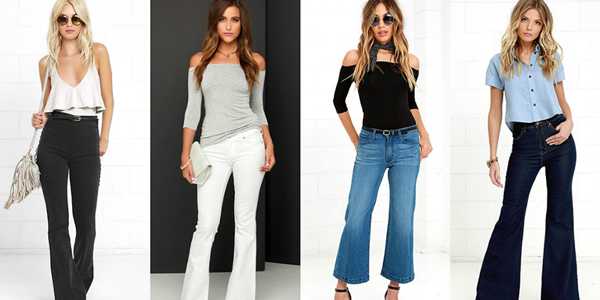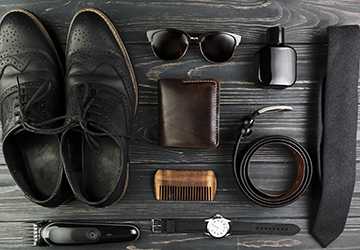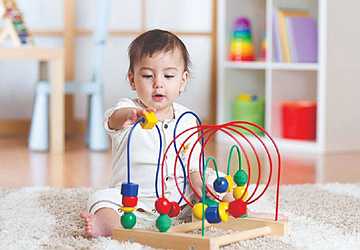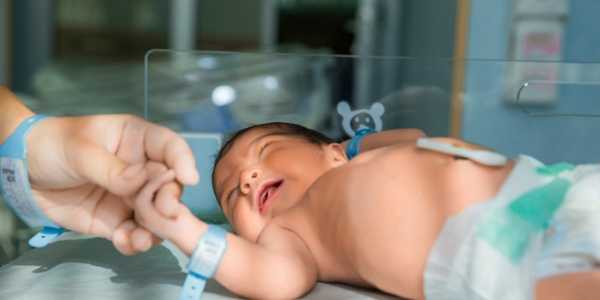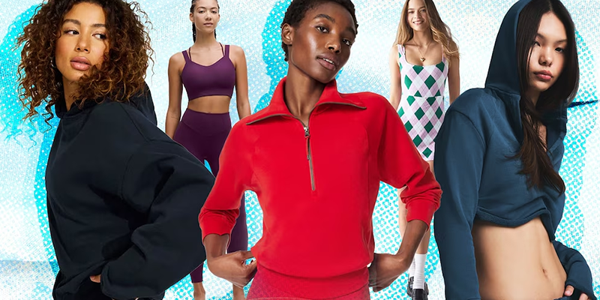The silver screen has always been a canvas where stories come to life. Alongside the actors and sets, fashion has played a pivotal role in shaping narratives and leaving an indelible mark on our cultural tapestry. From the captivating elegance of classic Hollywood to the boundary-pushing styles of modern cinema, fashion moments in film history have not just adorned characters but have also encapsulated entire eras and emotions.
These moments go beyond mere costume choices; they are artistic expressions that remain etched in our memories and continue influencing the fashion landscape. This article takes a deep dive into the top 10 iconic fashion moments in film history, exploring how clothing transcends its utilitarian purpose to become an integral part of storytelling.
1. Audrey Hepburn's Little Black Dress in "Breakfast at Tiffany's"
Audrey Hepburn's portrayal of Holly Golightly in 1961's "Breakfast at Tiffany's" forever etched the image of the "little black dress" into the annals of fashion history. Designed by Hubert de Givenchy, the dress's timeless simplicity and elegance conveyed Hepburn's character's sophistication and the essence of understated glamour that still resonates today. The ensemble is a testament to how a single outfit can transcend time and become an enduring emblem of chic.

2. Diane Keaton's Menswear in "Annie Hall"
Diane Keaton's portrayal of the androgynous Annie Hall in the 1977 film of the same name marked a departure from conventional femininity. Her layered vests, ties, and slouchy trousers challenged traditional gender norms, sparking a trend in gender-neutral dressing. Keaton's character showcased how clothing can be an extension of one's personality and beliefs while also revealing the potential of fashion to reshape societal perspectives.
3. The Red Ballgown in "Pretty Woman"
The red ballgown worn by Julia Roberts in the 1990 film "Pretty Woman" epitomized the transformative power of fashion. A masterpiece by Marilyn Vance-Straker, the gown's elegance and opulence accentuated Roberts' character's transition from an outsider to a modern-day Cinderella. This moment captures the fantasy inherent in fashion and how it can signify not only a change in appearance but also a shift in self-perception.
4. Uma Thurman's Yellow Jumpsuit in "Kill Bill"
Uma Thurman's portrayal of The Bride in Quentin Tarantino's "Kill Bill" (2003) was made even more iconic by the fierce yellow jumpsuit designed by Catherine Marie Thomas. A tribute to Bruce Lee's jumpsuit, this ensemble became an emblem of Thurman's character's strength and determination. The yellow jumpsuit serves as a reminder of fashion's ability to convey character traits and symbolize empowerment.
5. "A Single Man" and 1960s Chic
Tom Ford's directorial debut, "A Single Man" (2009), meticulously revived the elegance of the 1960s through its costumes. The tailored suits and sophisticated dresses captured the era's aesthetic, highlighting Ford's attention to detail and ability to evoke nostalgia. The film's sartorial choices underscore how fashion can not only mirror a specific time but also evoke the emotions and values of that period. Each impeccably styled ensemble becomes a vessel, transporting both characters and audiences to a time when refinement and precision were not just fashion choices but a way of life, thus enriching the film's narrative with layers of historical and emotional depth.
6. "Black Panther" and Afrofuturism
Ruth E. Carter's costume design for "Black Panther" (2018) was a groundbreaking fusion of African heritage and futuristic elements. The costumes showcased Afrofuturism—a celebration of African culture's rich history while envisioning a technologically advanced society. This combination not only created a visually stunning spectacle but also established a new aesthetic that resonated deeply, illustrating fashion's role in expressing cultural identity and innovation.
7. "The Great Gatsby" and the Roaring Twenties
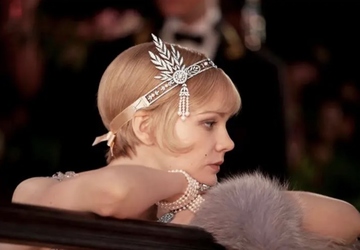
Baz Luhrmann's adaptation of F. Scott Fitzgerald's "The Great Gatsby" (2013) captured the opulence and decadence of the 1920s. The film's costumes, from dazzling flapper dresses to sharply tailored suits, mirrored the extravagance of the era. Luhrmann's visual storytelling through fashion demonstrated how clothing can transport audiences to a specific time and place, reviving the allure of the Roaring Twenties.
8. "Marie Antoinette" and Rococo Revival
Sofia Coppola's "Marie Antoinette" (2006) presented a captivating marriage of past and present through a contemporary lens. The film ingeniously melded Rococo-inspired gowns with modern elements, breathing vibrant life into historical period pieces. This artful fusion, a feast for the eyes, disrupted conventional ideas of historical accuracy.
It showcased the power of fashion as a canvas for artistic reinterpretation and expression, where centuries-old styles could be reimagined and invigorated for a new era. In doing so, "Marie Antoinette" elevated fashion to a realm beyond mere clothing, proving its capacity to transcend time and conventional boundaries.
9. Marilyn Monroe's White Dress in "The Seven Year Itch"
The image of Marilyn Monroe's white halter dress billowing above a subway grate in the 1955 film "The Seven Year Itch" has become a universally recognizable symbol of sensuality and cinematic allure. Designed by William Travilla, the dress encapsulated the spirit of the era's glamour and projected Monroe's intoxicating magnetism. This singular moment solidified the concept of fashion as a tool for storytelling and emotion, elevating a simple dress into an icon of desire.
10. "The Devil Wears Prada" and High Fashion
"The Devil Wears Prada" (2006) shed light on the fast-paced world of high fashion, portraying its influence on both the industry and personal identity. Costume designer Patricia Field's transformation of Anne Hathaway's character showcased how fashion can be a tool for empowerment and self-discovery. The film underscores fashion's dual nature—simultaneously a source of power and a reflection of the complex dynamics within the world of style.
Conclusion
In the grand tapestry of cinematic storytelling, these iconic fashion moments serve as threads that weave characters into the fabric of our collective memory. From Audrey Hepburn's elegant little black dress to the Afrofuturism of "Black Panther," fashion becomes a language that speaks volumes about eras, aspirations, and the human experience.
These moments illustrate that clothing is more than adornment; it's a visual symphony that resonates beyond the screen, inspiring designers, sparking trends, and imprinting itself on our cultural consciousness.


